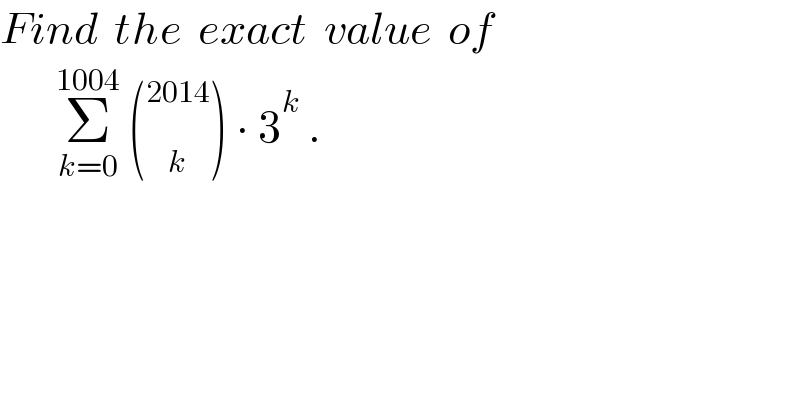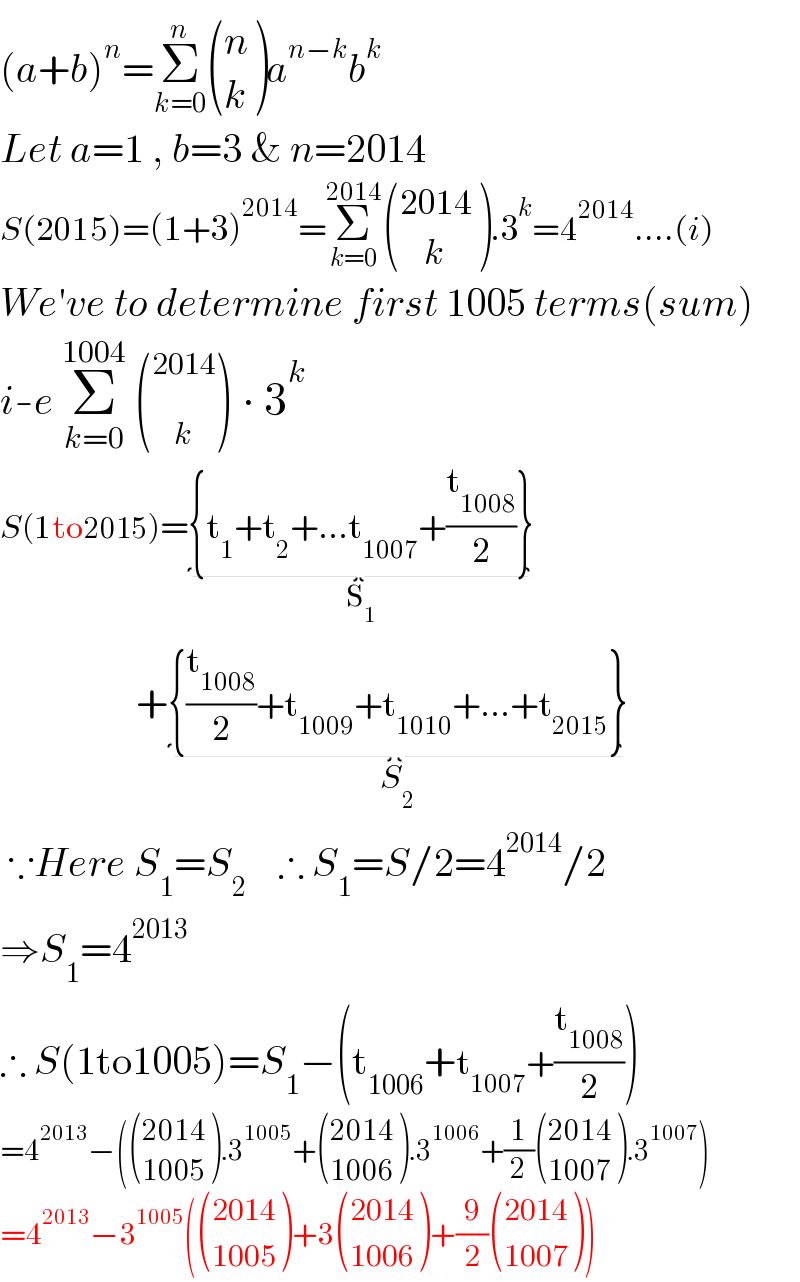
Question and Answers Forum
Question Number 162074 by naka3546 last updated on 26/Dec/21

Answered by Rasheed.Sindhi last updated on 26/Dec/21

Commented by naka3546 last updated on 26/Dec/21

| ||
Question and Answers Forum | ||
Question Number 162074 by naka3546 last updated on 26/Dec/21 | ||
 | ||
Answered by Rasheed.Sindhi last updated on 26/Dec/21 | ||
 | ||
| ||
Commented by naka3546 last updated on 26/Dec/21 | ||
 | ||